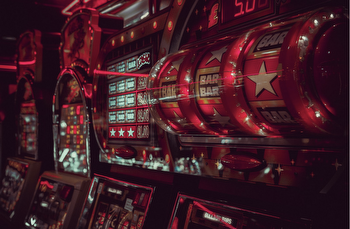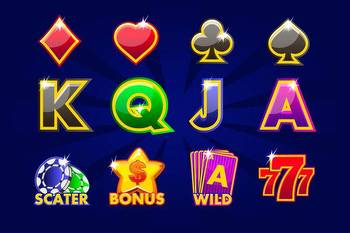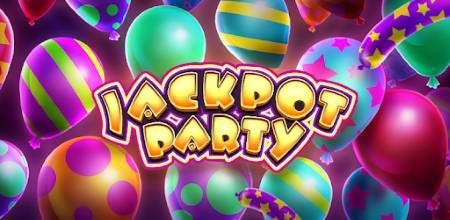How To Read Slot Machines (It isn't as complicated as it looks!)
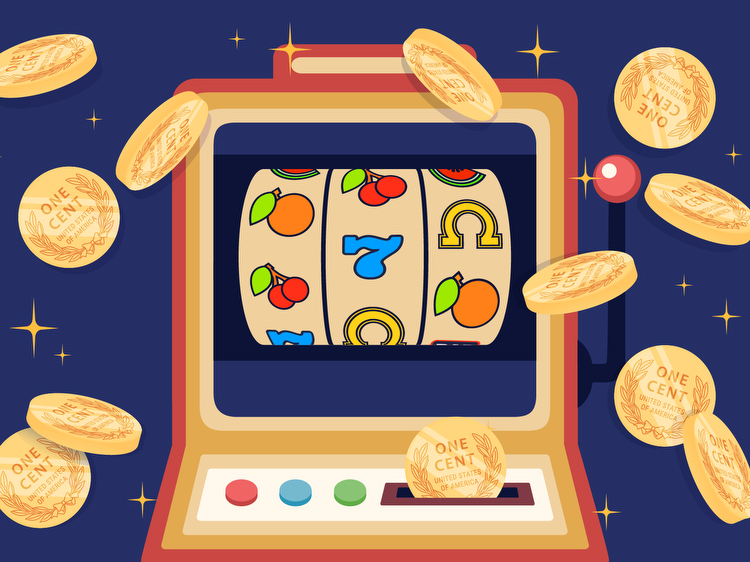
If you’re new to the exciting world of slots, these colorful and fast-moving games can seem confusing. But fear not! We’ve crafted the ultimate guide to show you how to read slot machines.
While there are many different types of slot machines out there, the basics of each game are the same. All slots have reels and paylines, and the aim is to match symbols on the reels/lines into winning combinations. That’s it!
The most obvious feature of slots – and also the most important – are the reels. These are a set of three to five sections on the game screen. On them, you will see symbols, and each reel can spin vertically when you click to spin. Once the reels end their spin, you can see if you have enough matching symbols to win a payout.
For example, NetEnt’s Mega Fortune slot (pictured above), has five reels.
For modern online video slots, developers use a Random Number Generator (RNG), which is a software that randomizes each spin. There is no way to know or predict the outcome, meaning slots are games of chance. Top software providers allow independent labs to test their RNGs to ensure fairness.
In land-based casinos, slot machines traditionally had mechanical reels. However, through the rise of video slots and online games, reels have since become digital.
Paylines are the feature that will determine if you win money. The reels are split into sections known as paylines, and you must have winning symbol combinations/patterns on an active line. Paylines are also known as “ways to win”.
Standard slot configurations include 10, 15, or 20 paylines. However, the number of paylines is very flexible, depending on what the software provider wants. Slots with the Megaways mechanic can offer hundreds of thousands of ways to win.
Paylines on a traditional slot setup are horizontal, but it is possible for lines to run in all directions on the reels. Some paylines are fixed, which means you must always bet across the maximum number of lines. If a slot game has variable paylines, you can choose how many lines you want to wager across.
Symbols are the icons you see that fill reels. When the reels spin and stop, you will see a selection of symbols that usually tie into a slot machine’s theme (like fruits, gemstones, card suits, and more).
Each slot requires specific numbers of the same symbols to line up on a payline to win. For example, 3, 4, and 5 matching symbols for different levels of payouts.
There are low-value and high-value symbols, each paying a multiplier amount against your stake when you match them in a winning combination.
Slots also have additional symbols that modify gameplay but do not always payout. Notable examples are wild symbols which replace existing symbols, and scatter symbols to open bonus rounds.
When learning how to read slot machines, it is important to understand a specific game’s symbols and their individual payouts.
Moving on from the basic features, understanding slot machines requires you to know the functionality of the game. Below are core mechanics that are fundamental to knowing how to read slot machines:
Paytables are the feature that shows you how much you can win for each symbol combination, while they also detail all bonuses and features. Basically, a paytable serves as a guide to the overall experience of a slot game. Knowing how to read a slot machine paytable means you will also have confidence playing each online slot you choose.
All slot games have a visible paytable that you can find in the settings or by clicking the information icon on the game page. You will see several pages covering all aspects of the game.
The core of the paytable is a breakdown of each symbol on the reels and how they work. This will include low-value and high-value symbols, how many you need to trigger wins, and what multiplier payout you can receive.
The paytable will also detail other symbols, such as wilds and scatters, while explaining features such as respins, multipliers, bonus rounds, and free spins.
You can also read the minimum and maximum bet on the specific slot. We recommend you check the paytable of any new slot game you are playing.
Each slot has its own betting dynamics, so it is worth knowing what is required before you play.
At the base is the minimum and maximum betting level. These are essentially values that limit your betting range. For example, a game may allow you to bet from $0.10 up to $100 for each spin. It is worth noting that slots can go down to $0.01 per spin up to over $1,000.
If you are on a tight budget, choosing a slot with a low minimum bet is the best option. High rollers may wish to pick games with higher maximum wagers. However, you do not need to bet the minimum or maximum on each spin. You can tailor your bets by adjusting the coin value, which dictates how much you want to wager per active payline.
Remember, some slot machines demand that you bet across all paylines.
Alongside the basic gameplay already explained above, slots come with an array of features and special symbols. Some games will be more basic with little additional features, and these games are known as classic slots. On all games, the basics are low-value and high-value symbols, as described below:
- Low-Value Symbols: These are the basic game symbols in the base game. For most slots, they are “Royals”, which means they are based on the playing cards 10, J, Q, K, and A. In the paytable, you can see how many of these symbols you need to trigger wins. For example, 3, 4, or 5 symbols. Each low-value symbol would have a specific payout amount. So, 3, 4, or 5 K symbols may payout 1x, 3x, or 5x respectively.
- High-Value Symbols: The high-value symbols on a slot work in the same way as low-value icons, except that the payout multipliers will be more lucrative. In many cases, the highest value standard symbols can payout 100x or more your stake if you get the maximum number on a payline. High-value symbols are usually theme-specific and represent something to do with the design of the slot machine.
- Progressive Jackpot: A jackpot that grows every time a player makes a bet. Each time any player of a progressive jackpot slot makes a bet, a portion of the wager goes to the jackpot. This means payouts can reach millions of dollars before someone wins and the jackpot resets.
- Scatters: Also known as a bonus symbol, the scatter will usually open the free spins bonus on a slot game. You will need to match a specific number of scatters to unlock the bonus, such as 3, 4, or 5 symbols. On most online slot machines, the more scatter symbols you hit, the more free spins you receive.
- Wilds: A wild symbol can replace any other non-scatter symbol to help form a winning combination. If you need one more symbol to complete a winning payline, a wild symbol can help. Some wilds only serve this purpose, while others payout in their own right when you match them on the reels.
- Multipliers: A multiplier is essentially a modifier on a feature or symbol that literally multiplies the value of what you can win. For example, if you have a 10x multiplier, any win you receive will be worth 10 times the value of your stake.
- Bonus Round: A bonus round is an additional mini-game that can lead to an extra payout. On many slot games, the free spins round is the only bonus. However, some games may have additional bonuses such as random prize pickers, bonus wheels, or expanding wild Re-spins.
- Free Spins: For most slot games, the free spins bonus is the main feature of the game. As the name suggests, you get a set number of additional spins for free. These freebies almost always come with modifiers such as multipliers, expanding wilds, or the ability to re-trigger your free spins.
- RTP: Return to Play – or RTP – is a term that highlights how much a slot game will pay back on average. The standard for online slots is 96%, which means, on average, $100 spent, the game will return $96. This is not guaranteed math, as the average is taken from millions of spins.
- Volatility: Volatility highlights how often a game will payout on average, but not necessarily how much it pays. A high-volatility game will not pay out frequently, but wins can be bigger when it does. Low-volatility games have less risk as they payout more regularly, but the wins are generally smaller.
- Auto spin: Auto spin is a feature available on most slots. Many players spin the reels dozens or even hundreds of times. It can be tedious doing that on every individual spin. Auto spin allows you to automatically set up a set number of automatic spins, such as 100, 500, or 1,000.









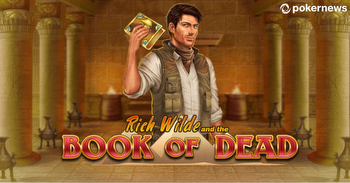



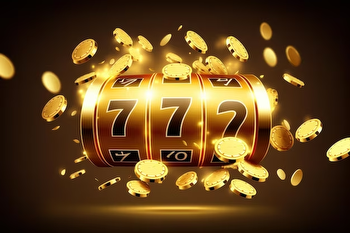


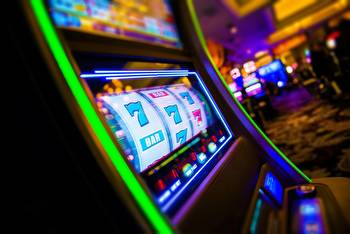

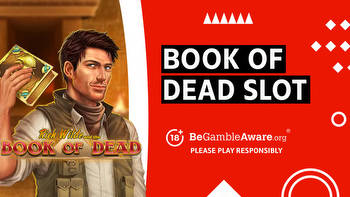







![Free Online Pokies [Review by PokiesLAB]](/img/di/free-online-pokies-review-by-pokieslab-1.png)


